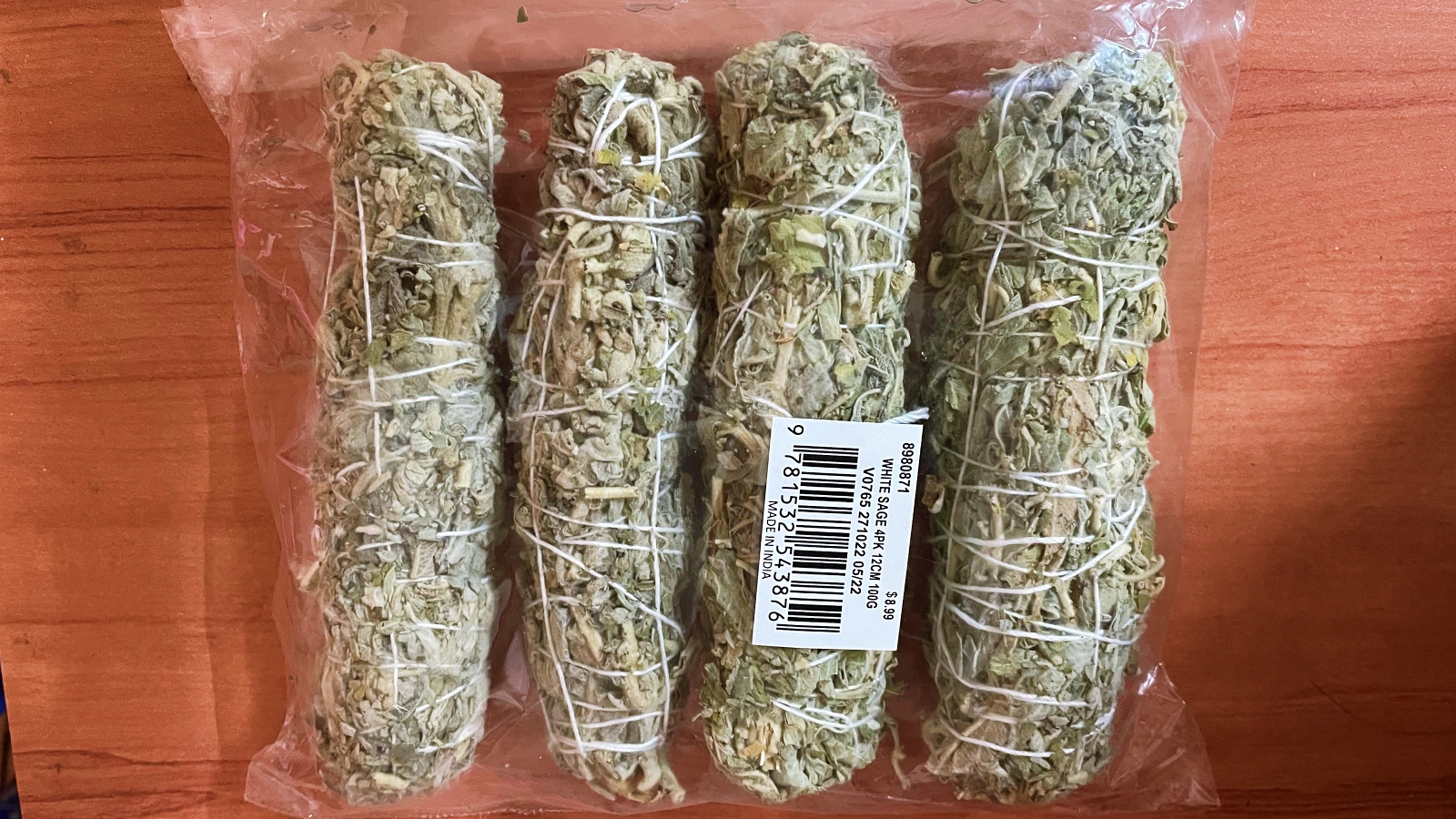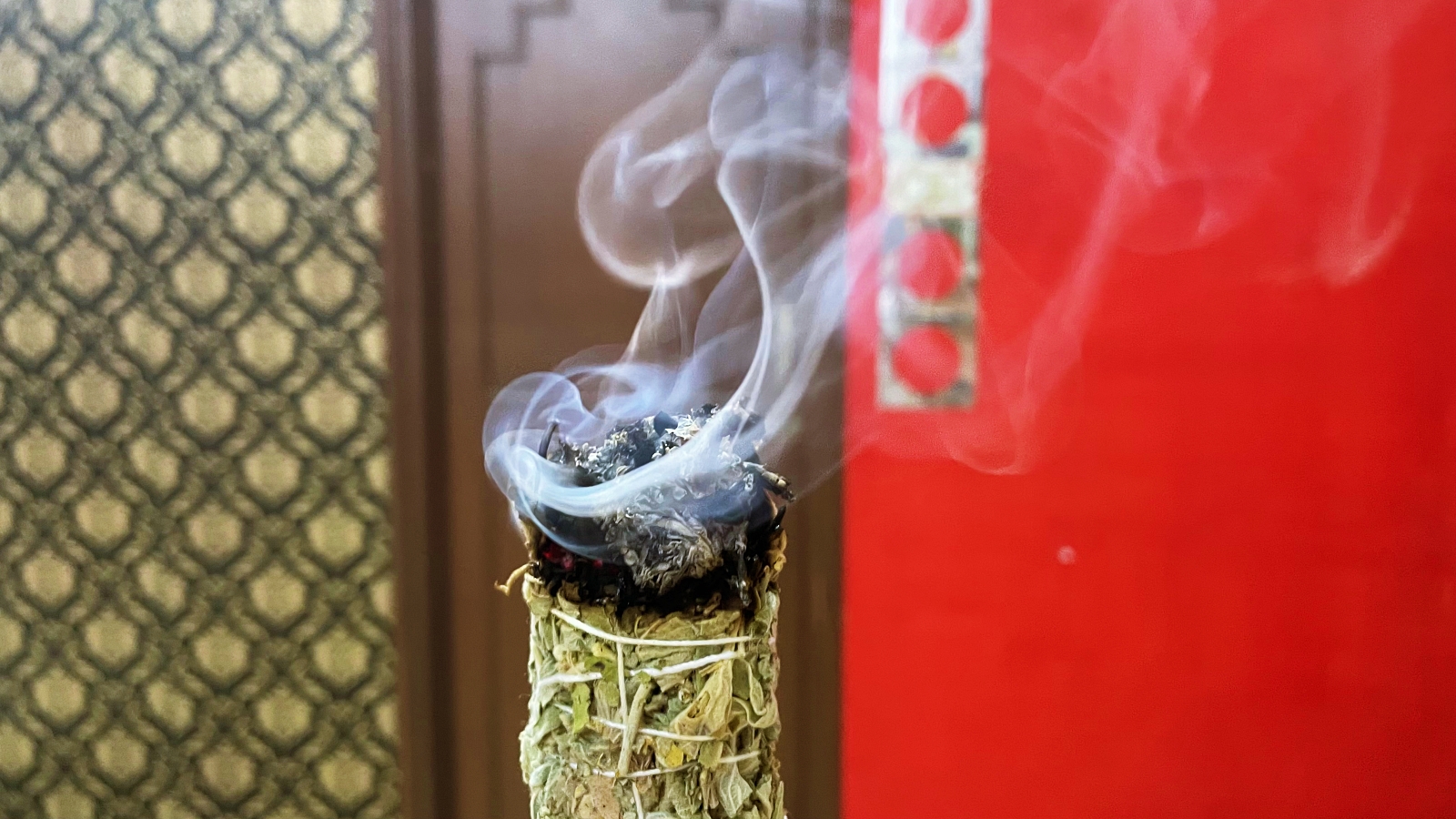Explore the Benefits of Using White Sage
White sage (Salvia Apiana) is an aromatic shrub native to the southwestern United States and northern Mexico. It has been used for centuries by indigenous people for a variety of medicinal and spiritual purposes. Today, white sage is widely available and continues to be used for its many benefits. In this post, we will explore the history and popular uses of white sage, as well as the many benefits of using it. Additionally, we will look at some safety considerations when using white sage.
Table of Contents
What is White Sage?

White Sage (Salvia Apiana) is a type of sage that is native to the United States, particularly the southwestern regions. It has been used by indigenous cultures for centuries as a ceremonial herb, smudge stick and medicinal plant. The leaves have a distinct white hue, which is why it is often referred to as White Sage. White Sage has a strong and sweet scent, which is often used to clear negative energy and create a sense of purification and renewal. Its medicinal properties have been used to treat various ailments such as sore throats, headaches and indigestion. White Sage is also widely used in spiritual rituals to promote emotional healing, spiritual balance and inner peace.
History of White Sage
White sage (Salvia apiana), also known as “California white sage” or “grandfather sage”, is a species of sage native to the Southwestern United States and Northwestern Mexico. It is an evergreen perennial shrub which grows to a height of 2-4 feet, with woody stems and grayish-green leaves that are covered in a white and wooly coating.

White sage has been used for centuries by Native Americans for its healing and spiritual powers. It has a long history of use as a medicinal plant, mainly for its antiseptic, antispasmodic, and anti-inflammatory properties. It was also used to treat fever, headaches, colds, and digestive ailments. Its leaves were also used to make a type of tea, which was believed to have spiritual, cleansing, and purifying properties.
Today, white sage is still widely used in aromatherapy and herbal remedies. The plant is also used in smudging ceremonies, a practice that involves burning the leaves to purify a space and ward off negative energy. It is also popular in various religious ceremonies and rituals.
White sage is an important source of biodiversity in the Southwestern United States, and it is considered an endangered species in some areas. As a result, it is important to use the plant responsibly and purchase it from reputable, sustainable sources.
Benefits of Using White Sage
White sage, or Salvia apiana, is a perennial evergreen shrub native to California and parts of the southwestern United States and Mexico. Traditionally used by Native American cultures, white sage has been used for centuries as an herbal remedy. Today, white sage is popularly used to cleanse and purify spaces, people and objects. The benefits of using white sage include its cleansing and purifying properties, its ability to bring clarity and focus, and its earthy, grounding aroma.
White sage can be used to cleanse and purify a space, such as a home or meditation area, by burning the herb and allowing the smoke to fill the space. The natural healing properties of white sage can help clear the air of negative energy, bringing a sense of calm and balance. Additionally, the aroma of white sage has been said to help bring clarity and focus to the mind, aiding in meditation and relaxation.
Whether used as a room refresher or for spiritual purposes, white sage can offer a variety of benefits. Its unique aroma and cleansing properties make it a great choice for anyone looking to bring clarity, focus and peace to their environment.
Popular Uses of White Sage
White sage (Salvia apiana) has been used by Native Americans for centuries for cleansing, healing and spiritual rituals. It’s an evergreen shrub native to the hot and dry climates of the southwestern United States and in Mexico.The leaves of white sage are grayish green and have a silvery fuzz. When burned, white sage is said to have a cleansing or purifying effect, making it popular for smudging rituals. The smoke is used to bless and cleanse a space or individual, and to ward off negative energy.
White sage is also used medicinally to treat a wide variety of ailments, including digestive problems, headaches, colds and flu, and even snake bites. This herb is also used to purify the air and make it more pleasant to breathe. White sage has recently become popular in aromatherapy, where its scent is said to reduce stress and anxiety. It can also be used as a tea or tincture to help with digestion.
Safety Considerations of White Sage
White sage (Salvia apiana) is a species of sage native to the southwestern United States and Mexico. It is a popular herb used in many spiritual and healing rituals and is often burned as part of a cleansing ceremony. It is important to consider safety when using white sage. Burning sage can result in smoke inhalation and so it is important to practice in an area with adequate ventilation and away from children or pets.
Burning sage can also produce hot embers, so it is important to use appropriate burning tools such as a fireproof bowl or shell, and to tend to the burning sage carefully. Additionally, sage should always be kept away from any flammable materials. It is also important to be aware of any allergies or sensitivities to sage smoke. Finally, exercise caution when purchasing white sage, as it has been increasingly over-harvested, leading to the endangerment of certain wild populations.
White Sage is a multi-faceted herb with a long history of use in many cultures. It has many benefits, from spiritual to medicinal, and is used in a variety of ways. It is important to be aware of any safety considerations before using White Sage, but with responsible use this herb can be a powerful ally on your journey to improved health, spiritual growth, and a greater connection to nature.



